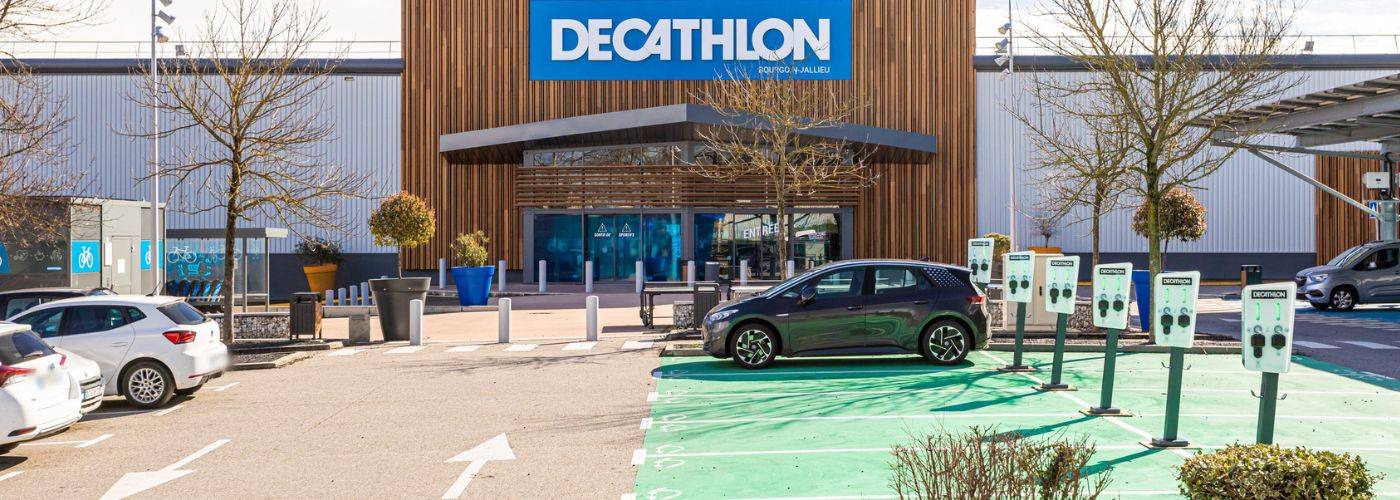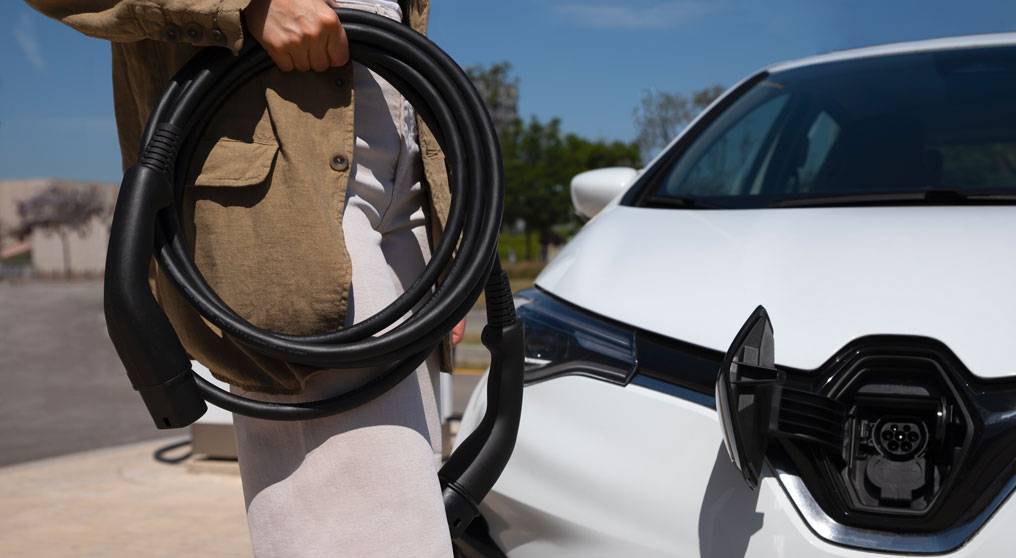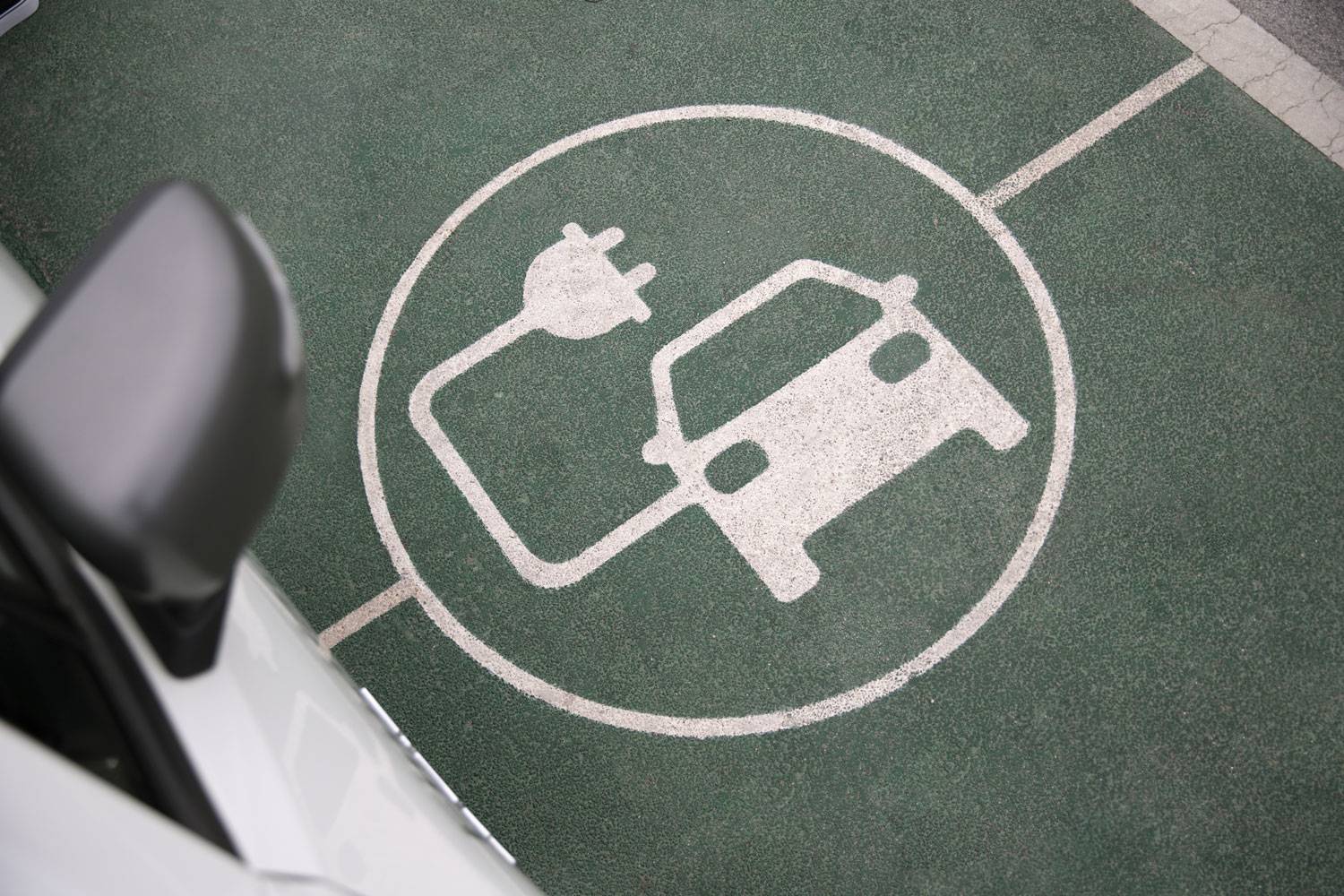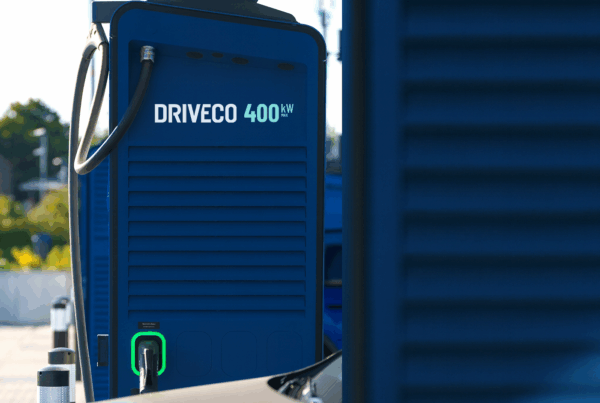The rise of electromobility comes with (many) new technical terms to assimilate. If you’re considering equipping your establishment with charging stations, it may be useful to familiarise yourself with the main expressions. Let’s focus on 5 key concepts that will help you better understand electric mobility!
EVCI
An acronym for Electric Vehicle Charging Infrastructure, EVCI refers to all the equipment essential for charging an electric vehicle. In addition to hosting the charging stations, EVCI includes all accessories, such as power supply circuits, control cabinets, as well as data transmission, control, and payment devices. By analogy, EVCI is equivalent to petrol stations for combustion engine cars.
Charging point and charging station

Connected to an electrical delivery point, the charging point is the fixed device that allows the battery of an electric vehicle to be powered via a cable. Each charging point can include one or more charging sockets and be equipped with various devices (communication kit, metering system, payment system, etc.).
Installed on public roads, in car parks of commercial establishments or along motorways, the charging station comprises the overall installation, usually having several charging points. In other words, the charging station corresponds to the area of the car park dedicated to electric cars.
kW and kWh: What’s the difference?
When discussing electrical consumption, particularly in the field of electric mobility, two units are frequently mentioned:
kilowatt (kW) and kilowatt-hour (kWh). Behind this similarity in names, however, lie two distinct quantities. In detail:
– kW measures the electrical power supplied by a device (such as a charging station);
– kWh quantifies the energy delivered by a station, stored in a battery, or consumed over a given period.
Thus, 1 kWh corresponds to the amount of energy consumed or produced by a device with a power of 1 kW for one hour.
Understanding the power in kW of a charging station is necessary to know the charging speed of the battery. The more powerful the station, the faster the charging will be (subject to respecting the maximum charging power tolerated by the vehicle).
Alternating Current (AC) and Direct Current (DC)
Charging an electric vehicle requires powering its battery with direct current (DC), just like your electronic devices that run on batteries or rechargeable batteries, such as a mobile phone.
However, the electrical network delivers alternating current (AC). The fundamental difference lies in the direction of electron flow:
– in direct current (DC), they move in only one direction,
– while in alternating current (AC), they constantly change direction.
Charging stations can deliver both types of current. When they provide alternating current, a device integrated into the vehicle called an on-board charger is responsible for converting this AC current into DC current, compatible with the battery.
The power of this on-board charger, generally between 3.7 and 22 kW, determines the charging speed: the higher it is, the faster the charging will be.
Conversely, stations delivering DC current directly power the battery, without going through the on-board charger. As the AC/DC conversion is handled by the station itself, these installations offer even shorter charging times.
Type 1, type 2, CCS, CHAdeMO: What’s the difference between connectors?

To enable the charging of electric vehicles, whether on stations delivering alternating or direct current, it is essential to use the right type of connector, located at the ends of the charging cable and corresponding to the vehicle’s input. Several types of connectors are distinguished according to the charging modes.
Alternating current charging stations (from slow to fast) are equipped with two main types of connectors:
– Type 1, is frequently used in North America and Japan. It is mainly intended for charges ranging from 3 kW to 7 kW, and is compatible with many electric and plug-in hybrid vehicles.
– Type 2 has become one of the most widespread standards for charging electric vehicles in Europe. Its main advantage lies in its great flexibility, as it can deliver power ranging from 3 kW, ideal for home charging, up to 43 kW, perfectly suited for public charging stations.
As for direct current charges (fast and ultra-fast stations), they require the following connectors:
– The Combined Charging System (CCS) is a charging standard that has become essential for electric vehicles, particularly in the European and North American markets. Its strength lies in its hybrid design, combining a Type 1 or 2 connector (depending on the location) dedicated to alternating current charging with two additional pins allowing direct current charging. This combination offers motorists a versatile and flexible solution capable of meeting their various charging needs.
– CHAdeMO is another major standard for fast direct current charging, mainly used by Asian car manufacturers, particularly Japanese ones. Although it has long coexisted with CCS, especially in Japan, its adoption has gradually decreased in favour of the combined standard, which is now preferred by the majority of manufacturers for its greater versatility.




